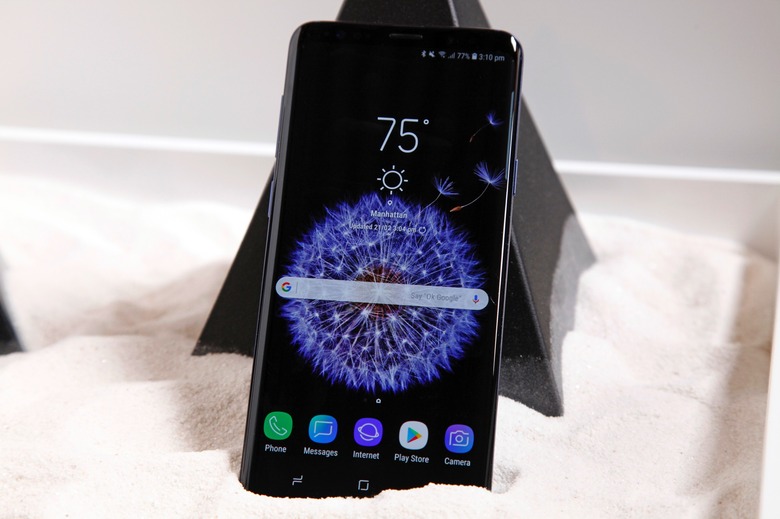Samsung Says Its Animoji Ripoff Totally Wasn't Inspired By The iPhone X
One of the coolest things about the Galaxy S9 is AR Emoji, a feature that lets you take a selfie and turn your face into a 3D emoji that you can then use in all sorts of apps, including chat apps. The AR Emoji feature is going viral because that's precisely what happened with the iPhone X's Animoji.
However, Samsung would like you to know that it hasn't copied Apple. No, AR Emoji have been in the works for years. There's no reason not to believe the company here. Yes, AR Emoji may have been in the works for years. But the fact that Apple was first with a similar concept sure doesn't help Samsung. Neither does the fact that Samsung has been following Apple's lead for years.
"Their approach and my approach is totally different," Samsung mobile's head DJ Koh told The Wall Street Journal without actually mentioning Apple by name. "I do work seriously based off my own roadmap."
He said in an interview that he had personally explored 3D animations since 2001 on flip phones. But the human emojis feature took years of the development. Again, it's a fair point Koh makes. Like any giant corporation, Apple included, Samsung must be developing a ton of projects internally.

But if Samsung insists that it's been working on AR Emoji for years, why did it ship it only after Apple's Animoji arrived? I mean, right after the iPhone X came out? Apple uses 3D facial recognition to recreate Animoji, so Apple had to wait for the TrueDepth camera to be ready for mass consumption before launching the feature. In case you forgot, Apple made it clear that Animoji requires 3D mapping to work, that's why it's disabled on the iPhone 7. However, the feature could have worked on the 2016 handset if Apple wanted Animoji that don't pair perfectly with your face,
Samsung's AR Emoji, meanwhile, relies on a regular front-facing camera to do the job. Samsung could argue that more processing power is needed for AR Emoji, and that may be a fair point as well. But if Samsung waited so long to release its Animoji version, why then didn't the company postpone it until the experience is close to perfect.
As it is right now, AR Emoji is neat trick, but it also seems like an unfinished one. The experience is a bit laggy, especially in AR Emoji conversations. That was clear from the moment Samsung demoed it live on stage. Here's that moment again — look for facial expressions relative to speech:
Now here's how Apple's Animoji work:
Indeed, their approach is totally different.
